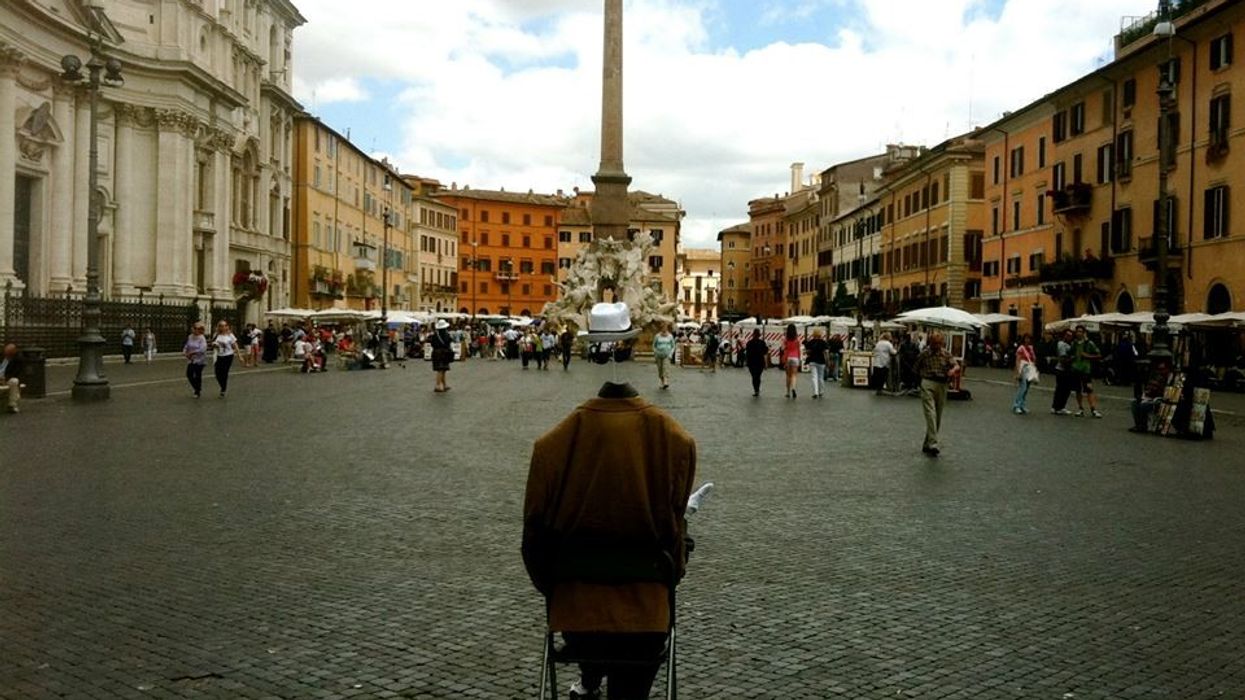
Toronto is not Rome and never will be. But the challenges it faces are just as eternal.
There's nothing like a week or two in Rome to convince even the most diehard Torontonian that civic excellence means more than collecting garbage, filling potholes, and finding a parking spot. In the Eternal City, none of these are guarantees.
Yet despite the chaos, crowds, filth, noise, pollution, ankle-breaking sidewalks, murderous traffic, and terrible transit, Rome stands among the great cities on the planet.
If tourism is any measure, Rome is among the most popular draws in the world. In Europe, only London and Paris attract more people than the Italian capital, which last year drew almost 10 million visitors.
Though Toronto is often ranked one of the most liveable cities on Earth, Rome has a couple of things this city lacks — history and beauty. (Still, from time to time, there's no question that compared to Toronto, living in Rome can be more stressful.)
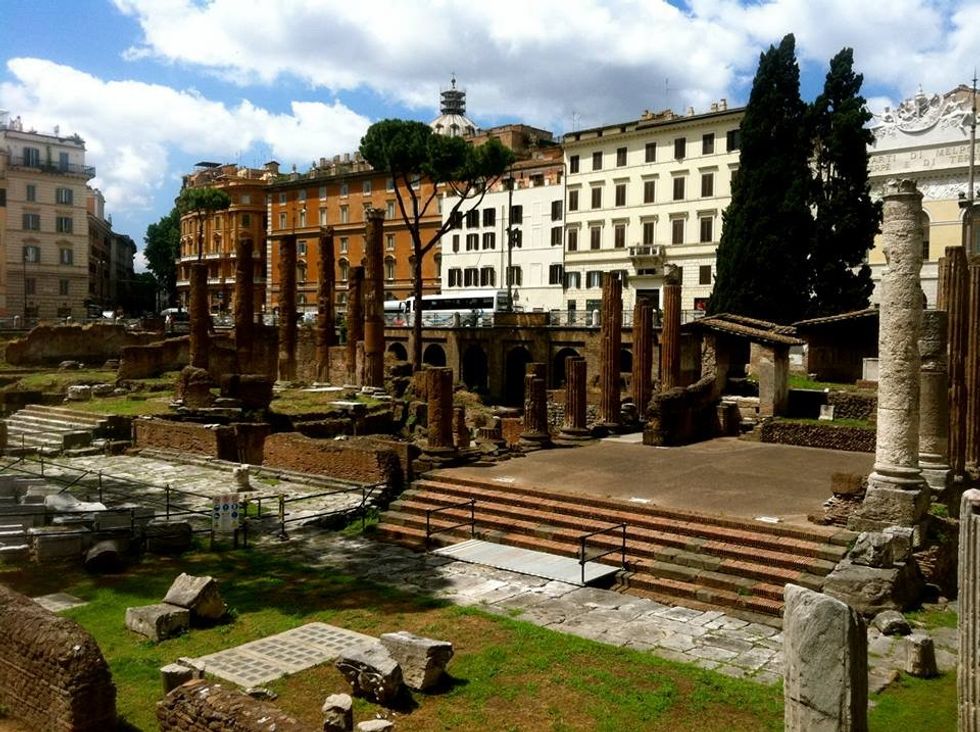
On the other hand, Rome offers an endless array of delights. It has some of the most spectacular architecture ever conceived. And you have the opportunity to live daily surrounded by its history.
Unlike Toronto, even the most ordinary Roman buildings tend to be part of a larger plan that brings harmony and elegance to the city. Though few structures there rise more than six storeys, even fewer are shorter. This allows the city to achieve greater densities than Toronto for all its high-rises and skyscrapers.
Roman buildings are designed to form a continuous and coherent streetscape. That brings a much-needed sense of order to a city that threatens to fly apart at every turn.
In Toronto, where many buildings seem to be at war with their neighbours, the sum of the city's parts isn't greater than the whole.
Sure, Rome struggles beneath (and on top of) history's heavy burden. The city's desperately needed third subway line is years behind schedule. It's also hopelessly over budget because of the archeological treasures uncovered every time someone puts a shovel in the ground. But the past is one of Rome’s chief glories.
Indeed, Rome's major attractions — the Vatican, Trevi Fountain, Pantheon, Colosseum and so on — teem with tourists. Line-ups at St. Peter's Basilica encircle the square and last hours. Fighting off the touts at the Colosseum can turn the most mild-mannered tourist into a modern-day gladiator.
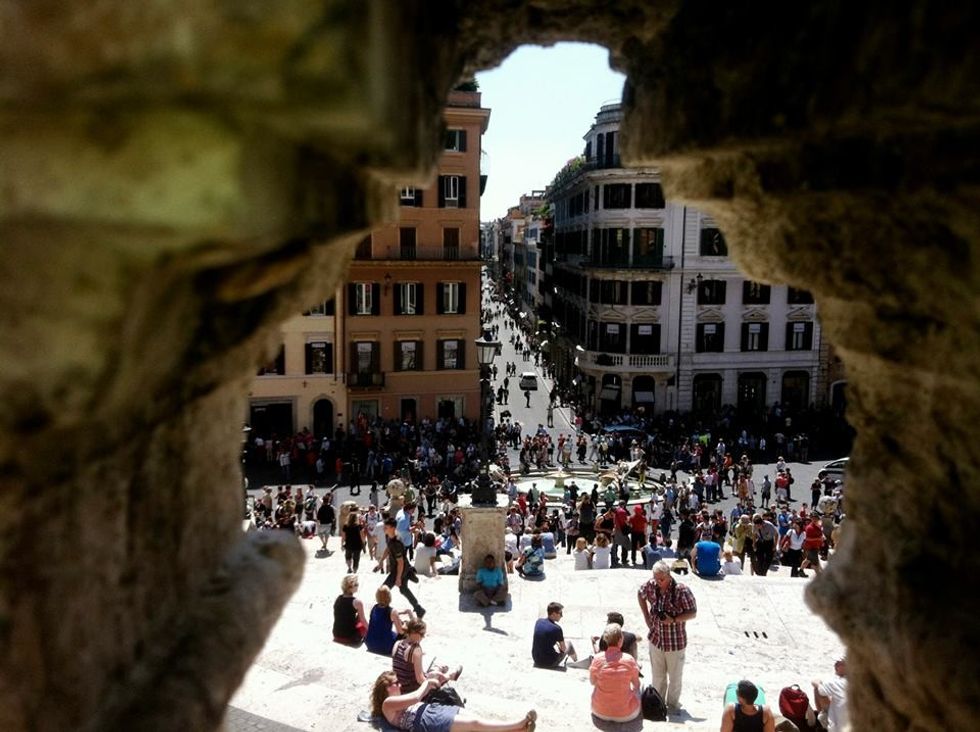
Even a site like the Spanish Steps is dangerous to navigate when the hordes have taken over.
Of course, Toronto has its navigation woes too.
The controversy over prioritizing transit on King Street and narrowing Yonge between Sheppard and Finch from six lanes to four is an indication of a primitive but prevalent mentality suspicious of the need for a public realm and that sees streets only as a way to get from A to B.
The result is a city that many live in but few inhabit.
Toronto remains more focussed on buildings than the spaces between them. A lack of imagination views them as obstacles rather than opportunities.
This is not to say that Rome is perfect. The truth is that Rome is on the verge of becoming a victim of its own success.
The streets of the historic centre have been invaded by tourist groups following their leader: she's the one with sensible shoes, a flag in her hand and a look of fierce determination in her eyes. Get out of their way or risk being trampled. Problem is there's no way to do that except by stepping into the Roman traffic.
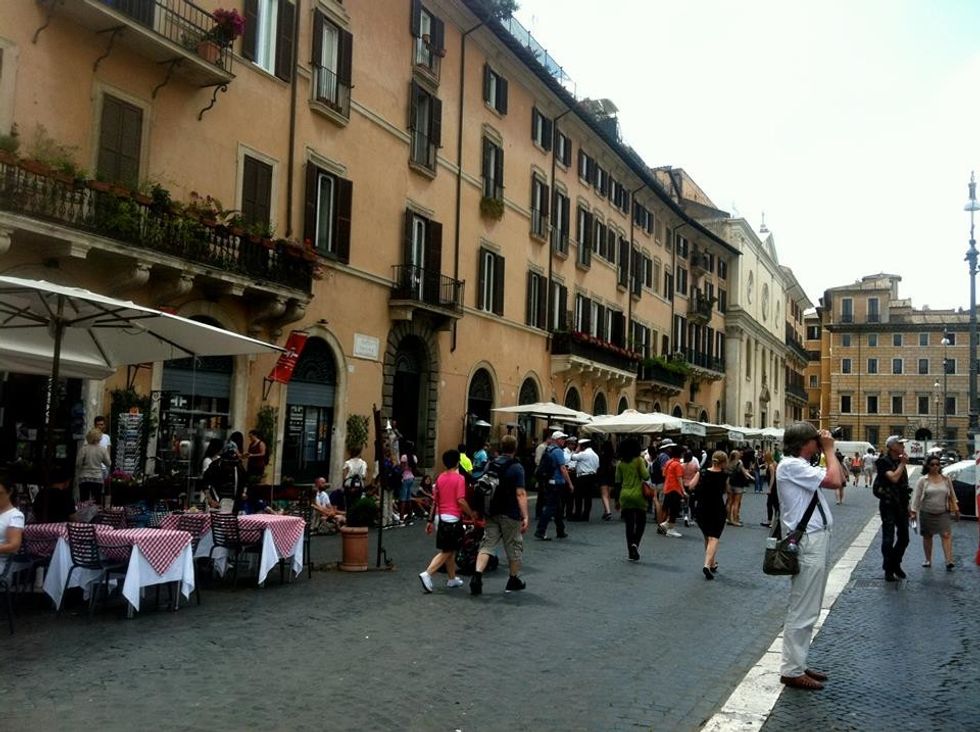
Herein lies an interesting lesson to visitors from Toronto, where cars enjoy more rights than residents. For one thing, virtually nobody in Rome obeys any rules. Drivers use their horns as much as their brakes. And pedestrians, especially those attempting to cross the road, are always in the way.
Despite it all, traffic flows, no matter how unhappily.
The explanation is simple: in the absence of rules, Roman streets have, in effect, become complete streets. In other words, drivers, pedestrians and even motorcyclists are forced to pay attention to one another.
Traffic moves too fast and chaotically to make any assumptions, as we do in Toronto, about what the other guy will do. For example, pedestrians crossing the street at a crosswalk will see on-coming cars flashing their headlines, a warning to stay out of the way — or else.
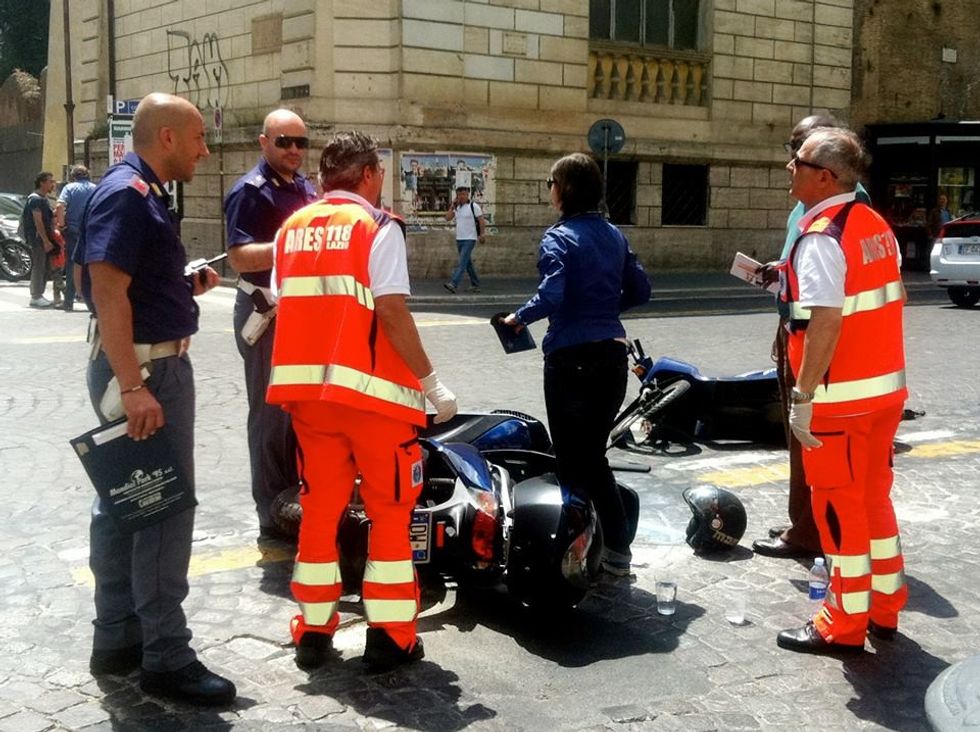
The worst are moped drivers, whose main joy in life seems to consist of passing cars and pedestrians as closely as possible without actually making contact.
It doesn't help that many vehicles are diesel, which means the air in Rome is disgusting.
Remarkably, none of this changes the fact that Rome is — to put it simply — beautiful.
The traffic and its hole-filled sidewalks are just obstacles to be overcome on the way to line up to see some of the most exquisite art and architecture ever sculpted, painted, or constructed.
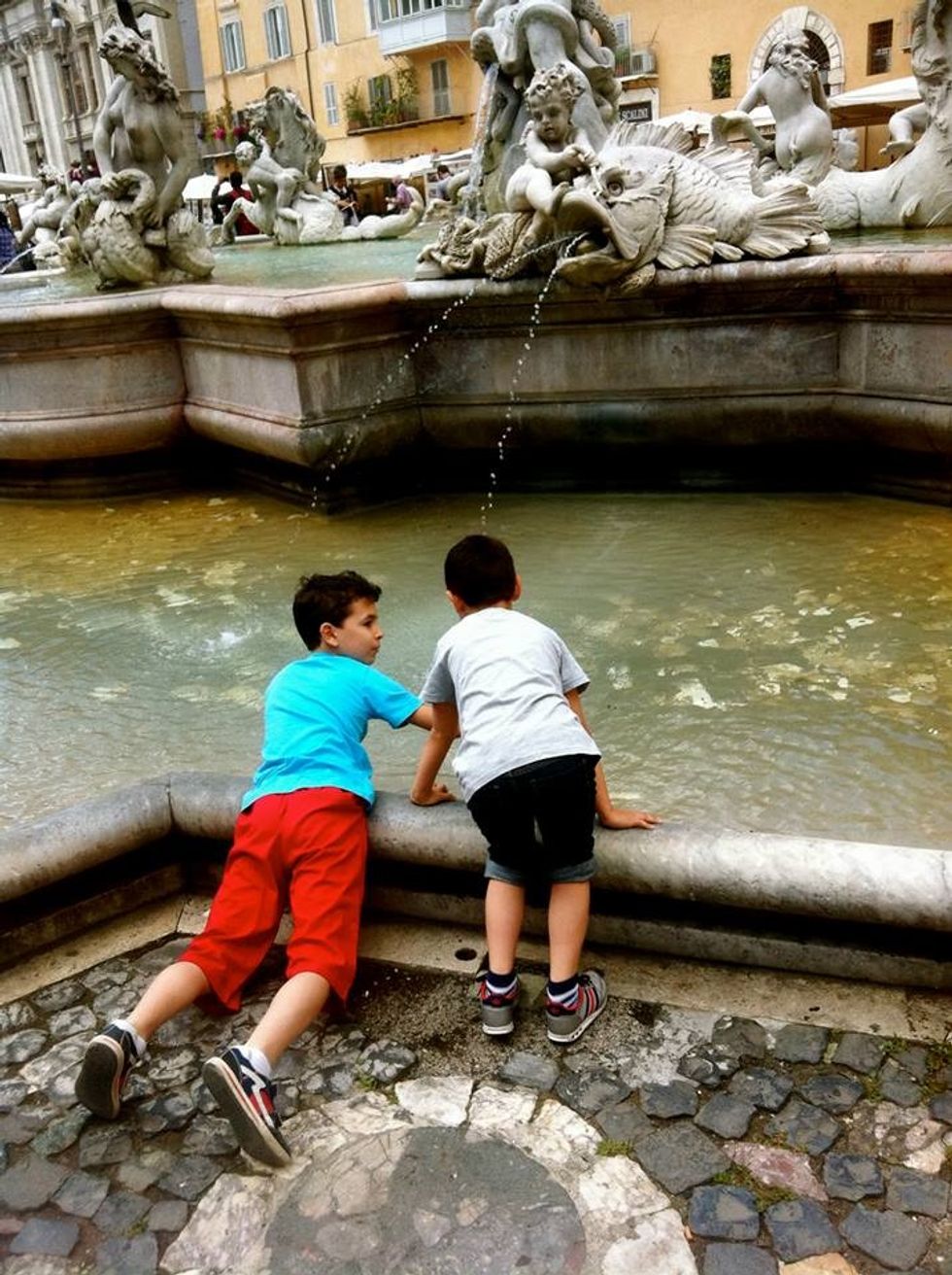
Michelangelo, Bernini, Bramante and Raphael are some of the artists whose contributions remain part of daily life in Rome — a city where piazzas are everywhere, each another opportunity to sit and enjoy the passing parade.
In an age when the very idea of beauty seems quaint, when utility trumps aesthetics every time, Rome reminds us of the forgotten power of the beautiful.
In Toronto, which pays little attention to beauty or the public realm, instead of squares and breath-taking spaces we make do with Tim Hortons.
It's too late now for a city like Toronto to remake itself. That's why its most appealing precincts will always be those areas of the city that predate the automobile. But even there we seem determined to suburbanize the landscape.
